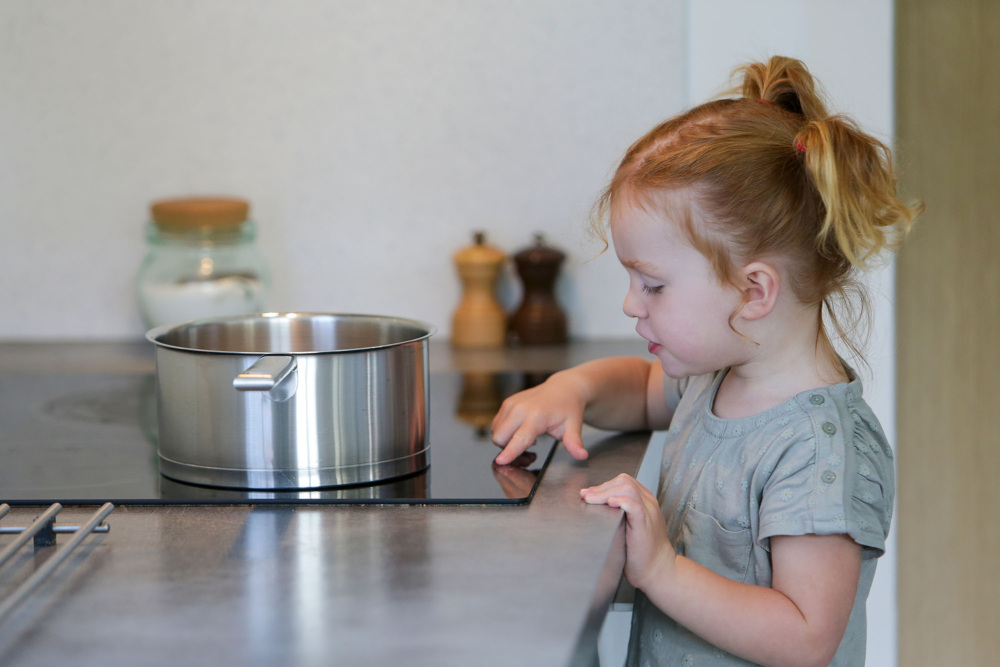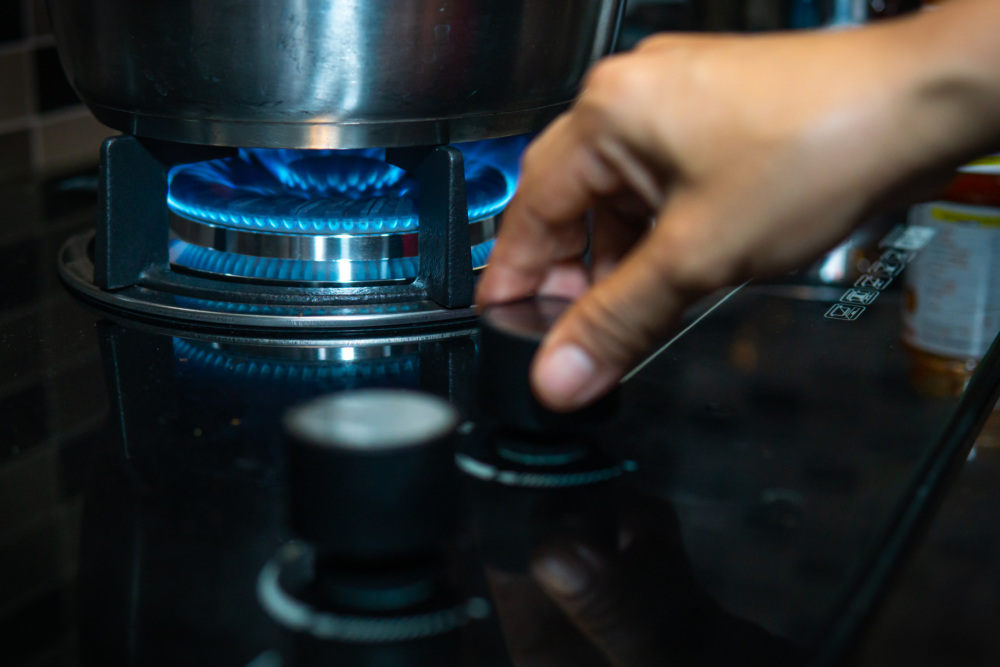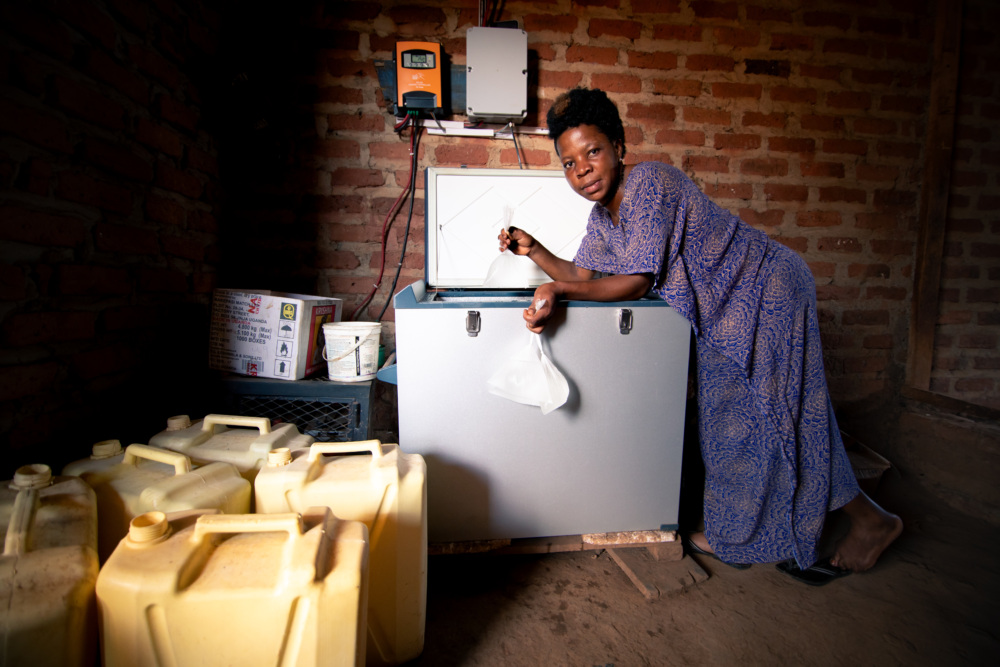Medical Equipment and Clinic Electrification Report
Summary
This report from Efficiency for Access presents a preliminary assessment of technical and commercial barriers to large-scale deployment of medical equipment in off/weak-grid clinics, along with actionable recommendations to make progress against these barriers.
Donors and development agencies increasingly recognise the importance of the health-energy nexus, and have funded a range of new clinic electrification initiatives over the past few years. Many of these initiatives face an under-appreciated challenge: a lack of appropriately designed medical equipment.
Clear and evidence-based guidance on medical equipment should support the development and implementation of clinic electrification efforts, as well as the design and deployment of appropriately-sized energy systems that enable delivery of basic health services. Unfortunately, such guidance is often unavailable and commercial markets of off/weak-grid appropriate medical equipment are largely non-existent. Partially due to this mismatch, WHO estimates that 70% of medical devices in the Global South do not function and remain unused.
This report from Efficiency for Access presents a preliminary assessment of technical and commercial barriers to large-scale deployment of medical equipment in off/weak-grid clinics, along with actionable recommendations to make progress against these barriers. In doing so, the report aims to raise awareness among donors, policymakers, and industry stakeholders about the opportunity to improve the ultimate health service delivery impacts of clinic electrification through an increased focus on medical equipment.
Download the Medical Equipment and Clinic Electrification Report here.
About Efficiency for Access
Efficiency for Access is a global coalition working to promote renewable and energy efficient appliances to deliver clean energy to the world’s poorest people. It is coordinated jointly by CLASP and the UK’s Energy Saving Trust.








